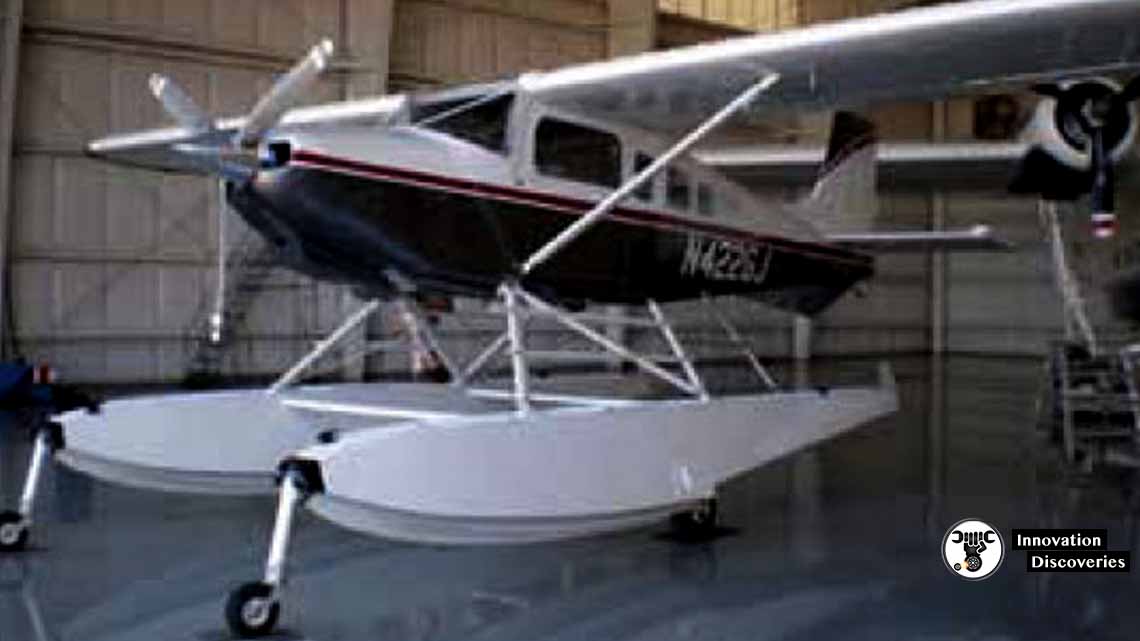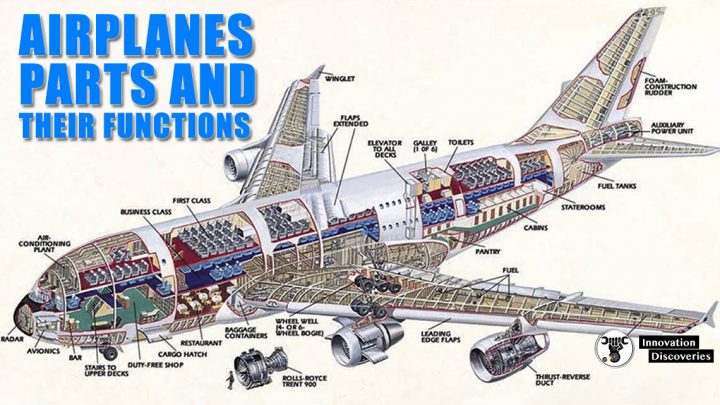There are two basic configurations of airplane landing gear:
Conventional gear or tail wheel gear and the tricycle gear. Tailwheel gear dominated early aviation and therefore has become known as conventional gear. In addition to its two main wheels which are positioned under most of the weight of the aircraft,
The conventional gear aircraft also has a smaller wheel located at the aft end of the fuselage. [Figure 5] Often this tail wheel can be steered by
Rigging cables attached to the rudder pedals. Other conventional gear have no tail wheel
At all using just a steel skid plate under the aft fuselage instead.
Also, read – What are the components of the landing gear?
The small tail wheel or skid plate allows the fuselage to incline,
Thus, giving clearance for the long propellers that prevailed in aviation through WWII. It also gives greater clearance between the propeller and the loose debris when operating on an unpaved runway. But the inclined fuselage blocks the straight-ahead vision of the pilot during ground operations. Until up to speed where the elevator becomes effective to lift the tail wheel off the ground,
The pilot must lean his head out the side of the cockpit to see directly ahead of the aircraft.

The use of tail wheel gear can pose another difficulty. When landing, tailwheel aircraft can easily ground loop. A ground loop is when the tail of the aircraft swings around and comes forward of the nose of the aircraft. The reason this happens is due to the,
Two main wheels being forward of the aircraft’s center of gravity. The tail wheel is aft of the center of gravity. If the aircraft swerves upon landing, the tail wheel can swing out to the side of the intended path of travel. If far enough to the side, the tail can pull the center of gravity out from its desired location slightly aft of but between the main gear. Once the center of gravity is no longer trailing the mains,
The tail of the aircraft freely pivots around the main wheels causing the ground loop.
Conventional gear is useful and is still found on certain models of aircraft manufactured today,
Particularly aerobatic aircraft, crop dusters, and aircraft designed for unpaved runway use.
It is typically lighter than tricycle gear which requires a stout,
Fully shock-absorbing nose wheel assembly. The tail wheel configuration excels when operating out of unpaved runways. With the two strong main gear forward providing stability and directional control during the takeoff roll,
The lightweight tail wheel does little more than keep the aft end of the fuselage from striking the ground. As mentioned, at a certain speed, the air flowing over the elevator is sufficient for it to raise the tail off the ground.
As speed increases further, the two main wheels under the center of gravity are very stable.
See More: AIRPLANES: PARTS AND THEIR FUNCTIONS



One Comment